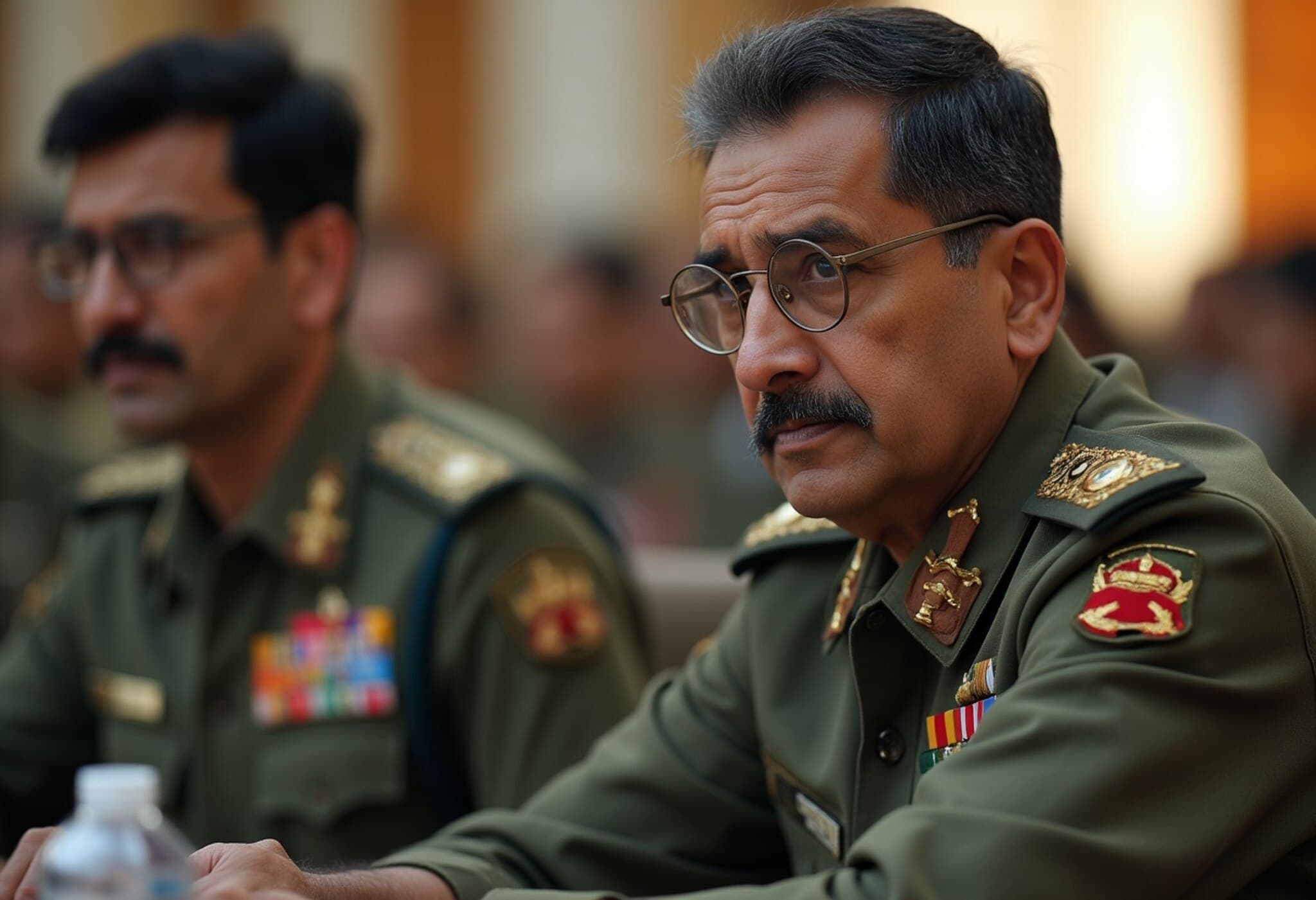A Somber Milestone: Reflecting on Gun Violence in Canada
For many Canadian police officers, firearm seizures used to be remarkable events that sparked conversation and concern within their ranks. Paul Krawczyk, an inspector with Toronto’s integrated guns and gangs task force, recalls how a gun “would fly through the station” as officers inspected and discussed the rare weapon confiscated from the streets. Today, however, removing guns from Canadian neighborhoods has tragically become routine, especially in urban centers like Toronto.
The Danforth Massacre: A Painful Reminder
July 2025 marks a grim anniversary for Canada’s fight against gun violence: the 2018 mass shooting in Toronto’s east-end Danforth neighborhood. The tragic event claimed the lives of two innocent victims—a teenager named Reese Fallon, 18, and a 10-year-old child, Julianna Kozis—and left 13 others wounded. The gunman ended his own life after the shooting spree.
Investigators revealed that the firearm used was a Smith & Wesson handgun legally imported from the United States and later stolen. This chilling fact highlighted Canada’s vulnerable position in controlling firearms surfacing on its streets.
The Cross-Border Challenge: U.S. Gun Trafficking Into Canada
Canada’s struggle with gun violence is inextricably linked to its vast, often porous border with the United States, where gun laws differ significantly. Despite longstanding efforts, firearms trafficked from the U.S. continue flooding Canadian cities, complicating law enforcement efforts.
What is particularly alarming—and often overlooked amidst the ongoing U.S.-Canada trade tensions—is how firearm smuggling remains substantially absent from broader border security discussions. While economic interests dominate headlines, this security gap undermines Canadian public safety and strains policing resources.
Legal Battles and Calls for Accountability
In the wake of the Danforth shooting, families of the victims filed a class-action lawsuit against Smith & Wesson in 2019. They argued the iconic gun manufacturer was negligent by failing to install advanced safety technologies, such as fingerprint recognition mechanisms, which could have potentially prevented unauthorized use of their firearms.
Following a lengthy legal process, a judge certified the lawsuit in June 2025 after an appeal, marking a critical step toward holding gun manufacturers accountable for public safety in a globalized arms market.
Expert Insights: The Need for Integrated Policy Action
Experts comment that Canada’s gun violence epidemic cannot be addressed in isolation. The persistent inflow of U.S.-origin firearms demands a coordinated binational policy approach emphasizing:
- Stronger cross-border intelligence-sharing and enforcement cooperation to intercept and dismantle trafficking networks.
- Innovative firearm safety technologies mandated at the manufacturing level to prevent illegal use.
- Holistic community investment in crime prevention and social supports to tackle root causes of gang violence.
Moreover, the Canadian public increasingly calls for broader conversations about gun control that include the realities of international smuggling, not just domestic legislation. This integrated approach recognizes that border security and trade policies are not mere economic issues but vital components of public safety and justice.
Looking Ahead: Challenges and Opportunities
As Canada commemorates the Danforth tragedy, it also faces critical questions: How can Canada and the U.S. reconcile differing gun regulations effectively? What role do Canadian policymakers play in elevating firearm safety standards globally? And how can communities most vulnerable to gun violence be better supported?
Addressing these questions demands not only vigilant law enforcement but also political will and innovative public policy. As the Canadian government navigates these issues amid geopolitical and trade tensions, putting people’s safety at the forefront remains imperative.
Editor’s Note
This article underscores the complex and underreported connection between U.S. gun trafficking and Canada’s escalating gun violence crisis. The Danforth shooting anniversary serves as a haunting reminder that gun control transcends borders and requires solutions beyond conventional policing. Readers should consider how cross-border cooperation and technological innovation in firearm safety can reshape policy to protect communities. The story also challenges us to reflect on the balance between trade interests and security imperatives in North America’s evolving landscape.



















